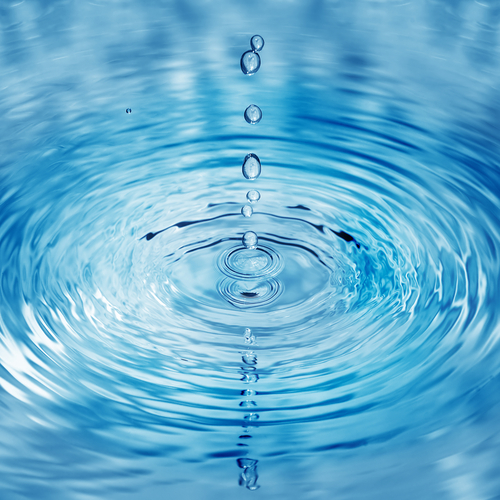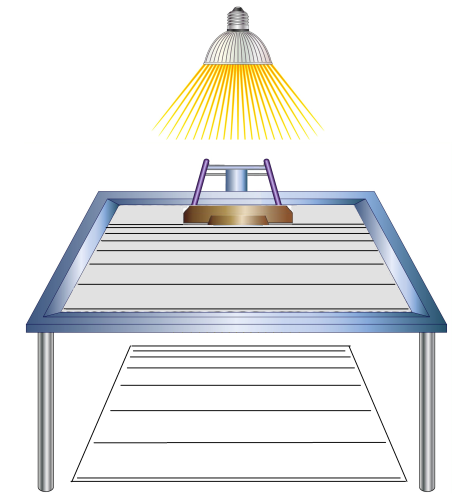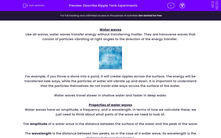Water waves
Like all waves, water waves transfer energy without transferring matter. They are transverse waves that consist of particles vibrating at right angles to the direction of the energy transfer.

For example, if you throw a stone into a pond, it will create ripples across the surface. The energy will be transferred side ways, while the particles of water will vibrate up and down. It is important to understand that the particles themselves do not travel side ways across the surface of the water.
Water waves travel slower in shallow water and faster in deep water.
Properties of water waves
Water waves have an amplitude, a frequency, and a wavelength. In terms of how we calculate these, we just need to think about what parts of the wave we need to look at.
The amplitude of a water wave is the distance between the surface of the water and the peak of the wave.
The wavelength is the distance between two peaks, so in the case of a water wave, its wavelength is the distance between two ripples.
Finally, the frequency is the number of waves per second, so the frequency of a water wave is the number of waves passing a given point every second. If a vibrating object is making the waves, its frequency equals the water wave's frequency.
The ripple tank
Let's now look at a piece of apparatus that allows us to draw and measure water waves. It is called the ripple tank, and consists of a shallow tank of water with a light source above. The tank itself is on stilts, allowing shadows of the ripples to be seen underneath as the light shines onto them.
.png)
In the example above, there are two 'dippers' in the water, each creating a circular wave. As these two waves overlap, it allows us to see the effects of two waves merging into one wave. More than one wave combining is called superposition.
Diffraction
A second effect that can be demonstrated with a ripple tank is diffraction. This effect means the spreading of a wave through a gap.
For example, if an obstacle is placed in the ripple tank, the waves will 'curve' as they pass through it, as shown in the illustration below.

As you can see, the width of the gap affects the amount of diffraction that occurs. The smaller the gap, the more the wave will curve into a semi-circular shape. Diffraction is greatest when the size of the gap is the same as the wavelength of the wave.
Measuring wavelength

Finally, the ripple tank can also be used to measure the wavelength of a water wave. The peak of each ripple will form a shadow, so by tracing the shadows with a pencil, you can effectively draw a 2D picture of the water wave. The distance between two shadows gives you the wavelength of the wave.
Shall we have a go at some questions now?







